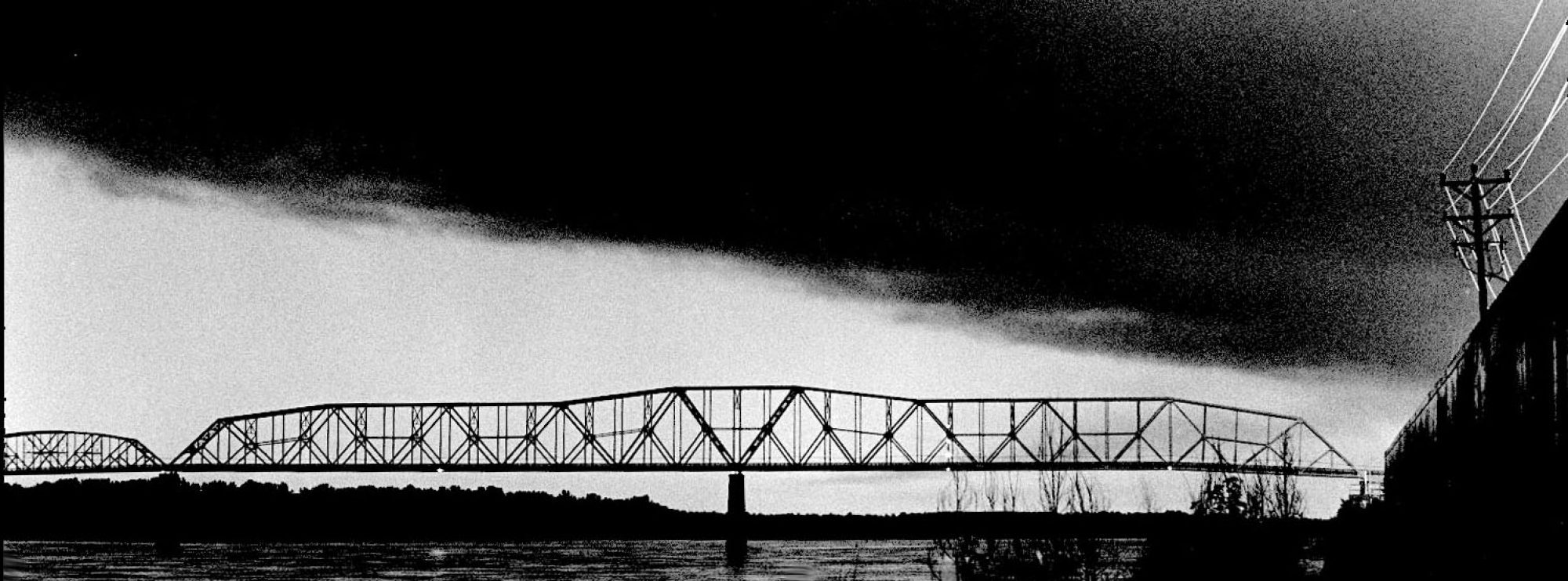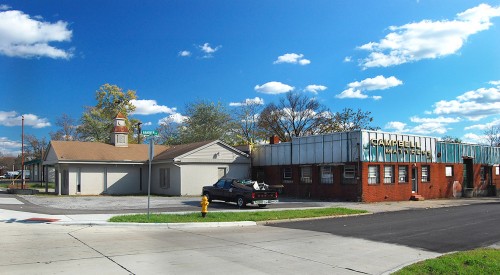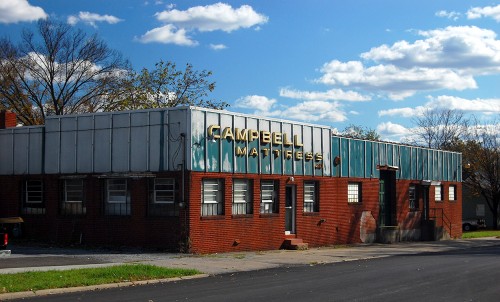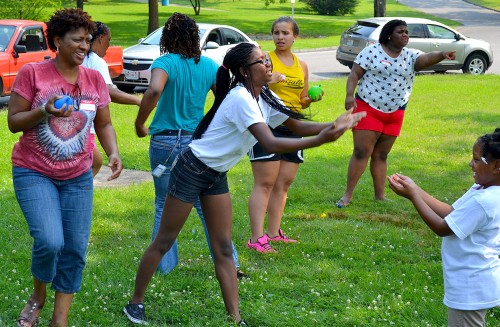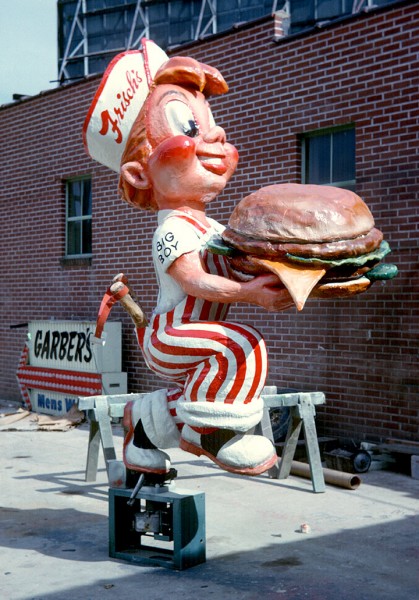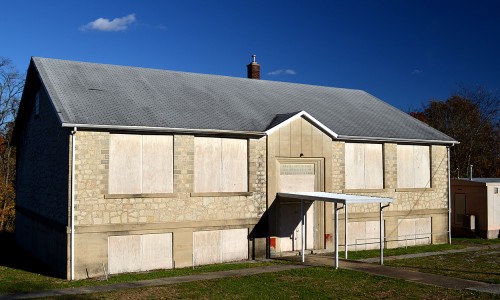 When I was in Marble Hill in 2013 to shoot the artesian well we used to stop at on the way to Camp Lewallen, I noticed that the old Mable Hill School had been boarded up.
When I was in Marble Hill in 2013 to shoot the artesian well we used to stop at on the way to Camp Lewallen, I noticed that the old Mable Hill School had been boarded up.
The room and exterior walls look like they are in good shape. I don’t know when the building stopped being used.
Built by the WPA
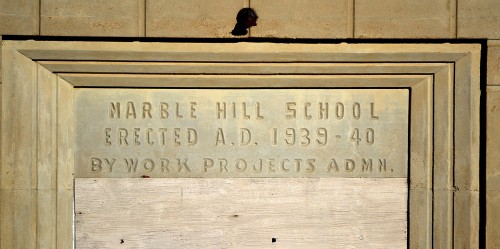 An inscription on the over the front door says that it was erected 1939-40 by Work Projects Admn, another one of those stimulus programs that helped employee workers during the Depression and created so many buildings still in use today.
An inscription on the over the front door says that it was erected 1939-40 by Work Projects Admn, another one of those stimulus programs that helped employee workers during the Depression and created so many buildings still in use today.
- On November 17, 1933, the school board purchased a new piano for the school.
- A December 12, 1935, story reported that 29 pupils were enrolled in the school.
- A January 17, 1940, Missourian brief said that classes for the Marble Hill grade school would be held at the old Will Mayfield College administration building because the old building is being razed for a new building.
- Third grader Jimmy Smith, 8, who had been in a polio isolation ward at St. Francis Hospital was improved enough that he could see his parents. He became ill Tuesday and he was admitted to the hospital on Thursday. His left leg was affected by paralysis.
- Fifteen pupils were graduated from the eighth grade of Marble Hill Grade School in May of 1956.
- In 1957, about 60 members of the seventh and eighth grade were taken by bus for a skating party at the Jackson roller rink.
